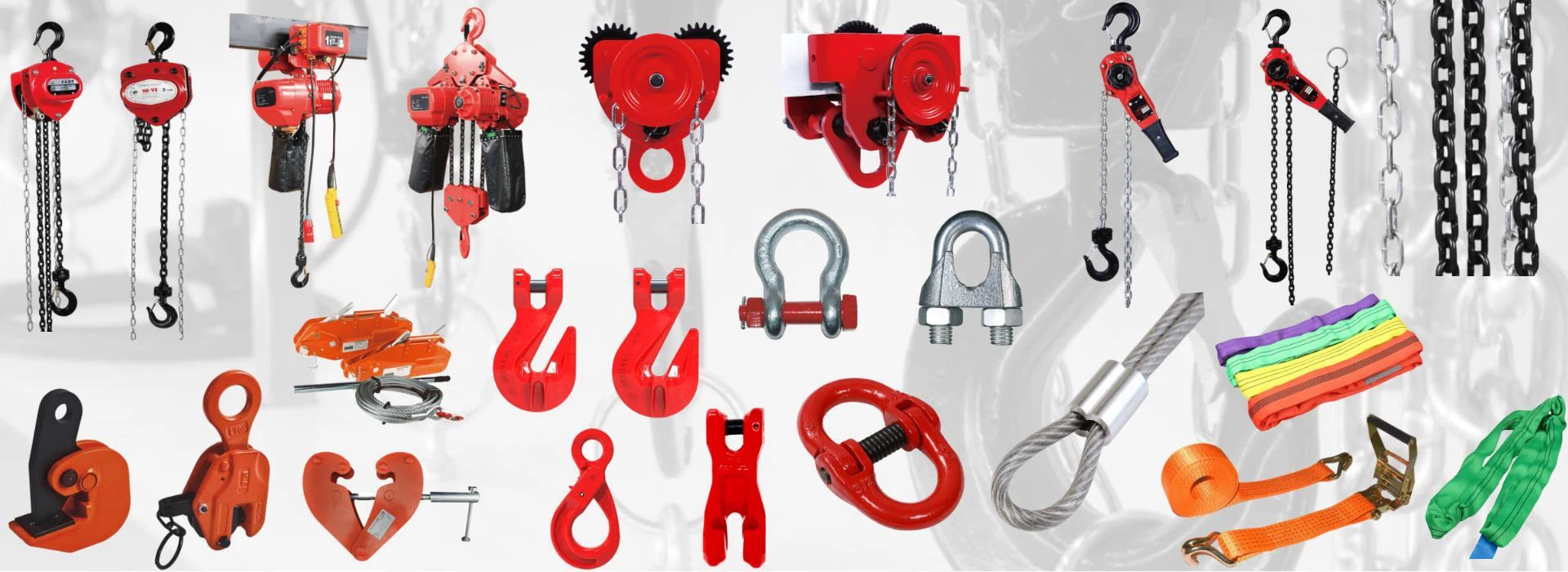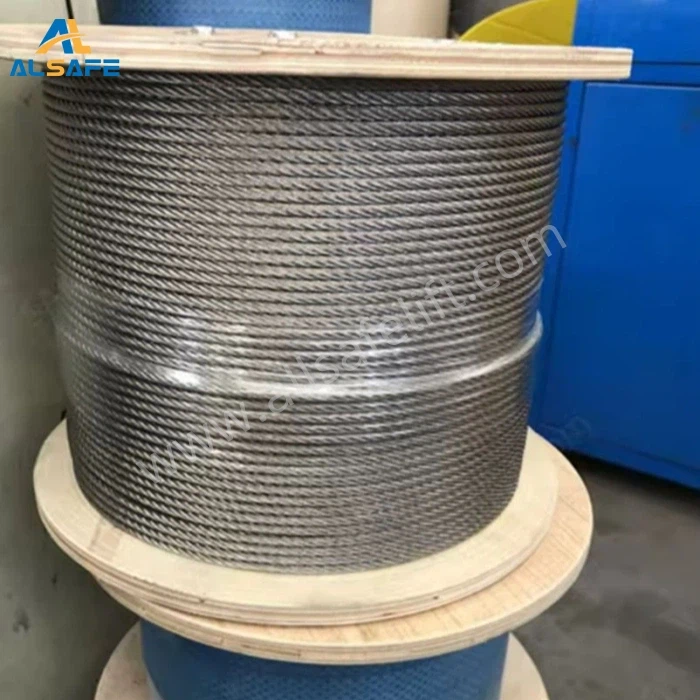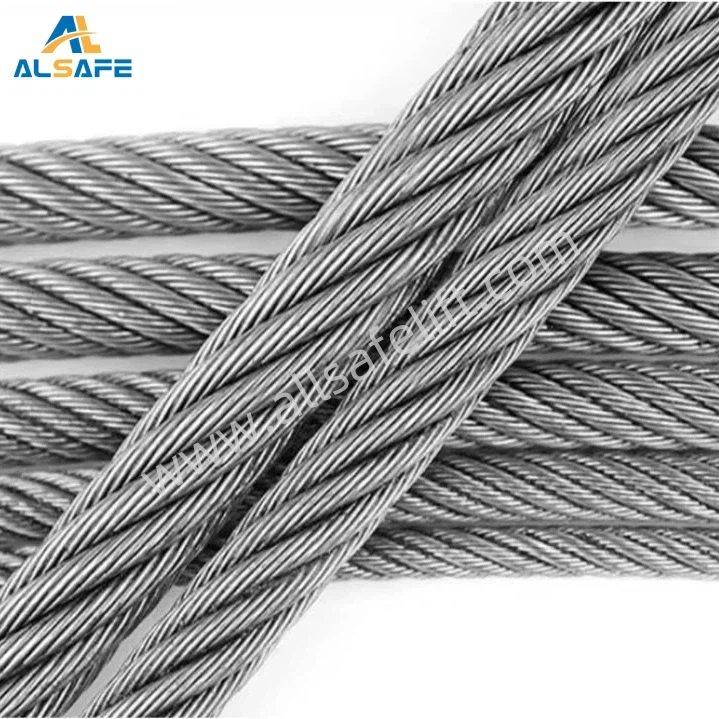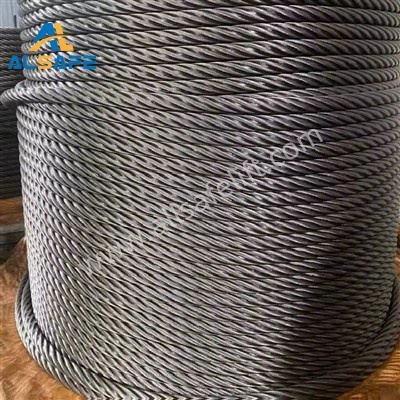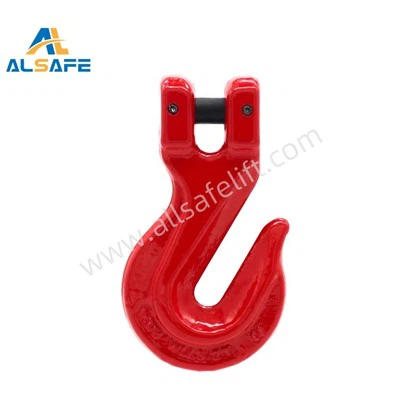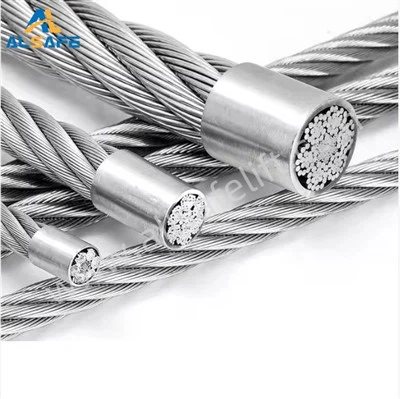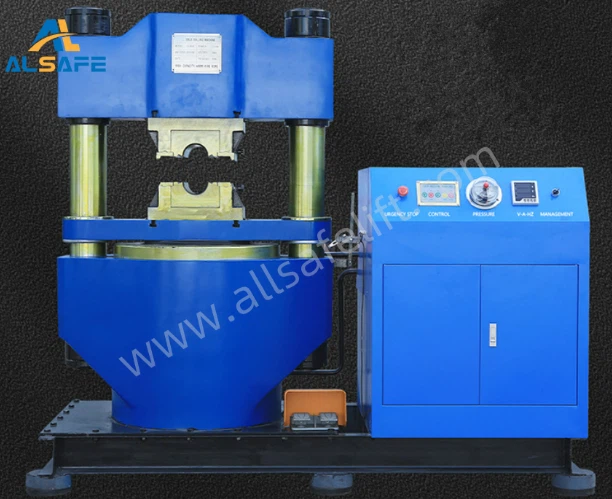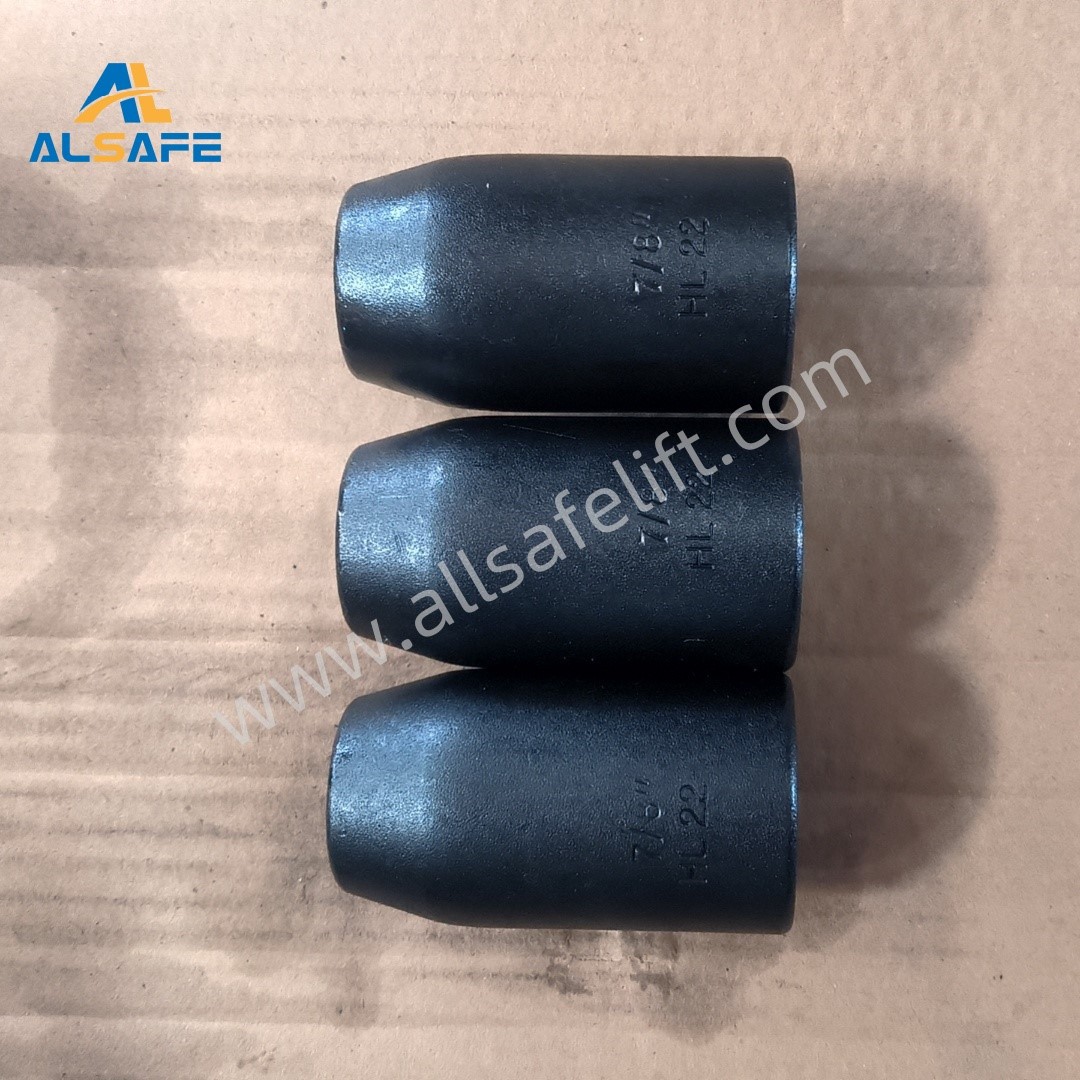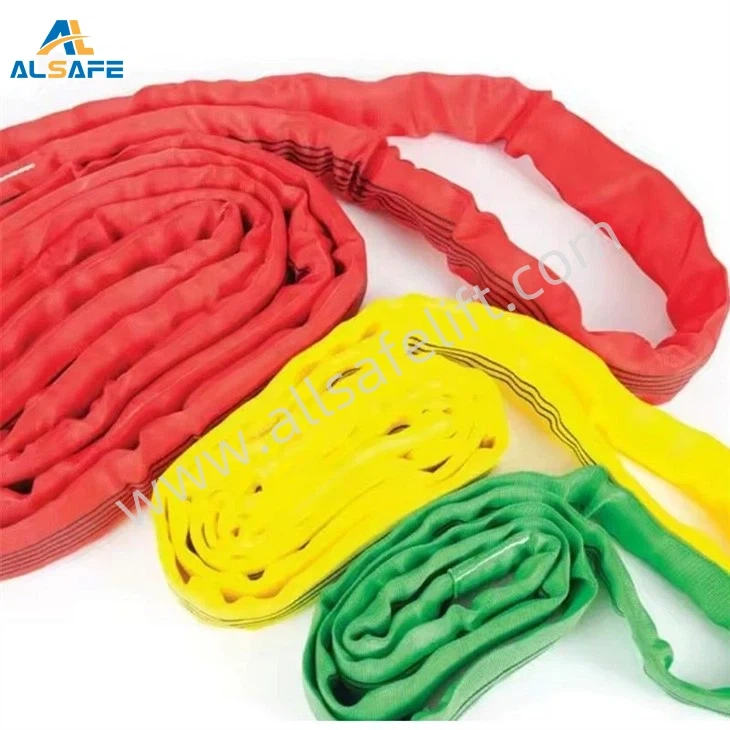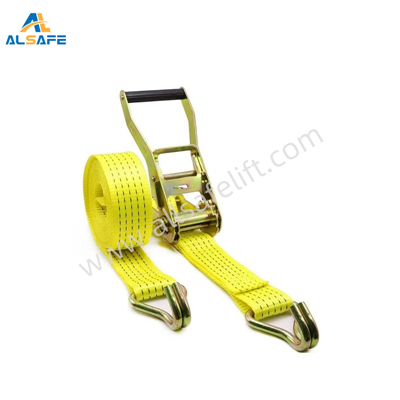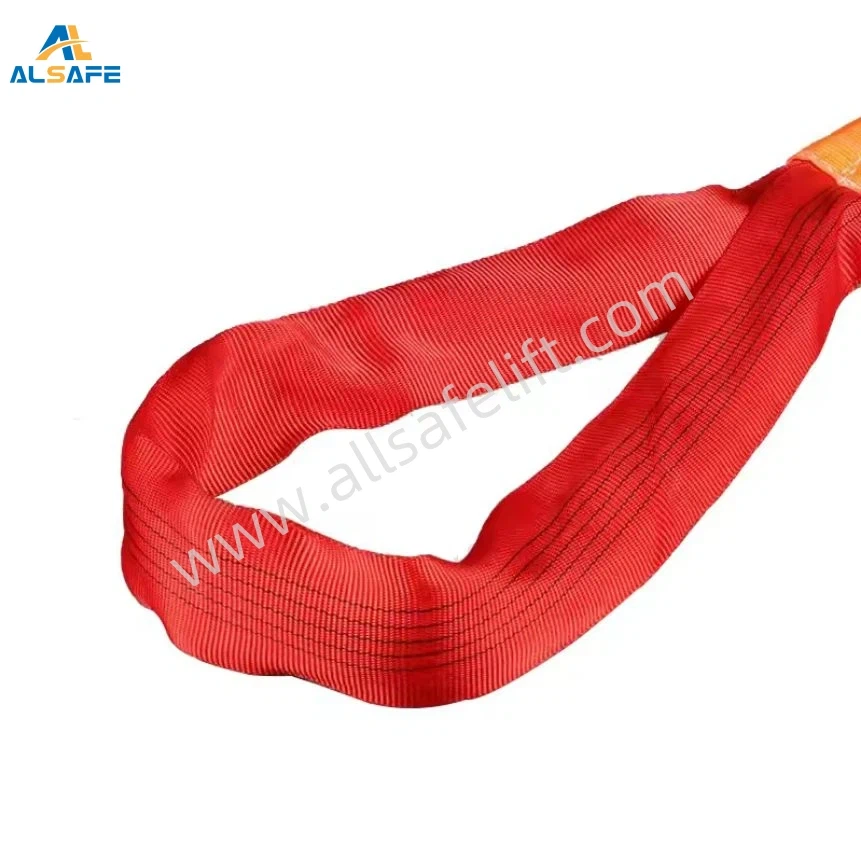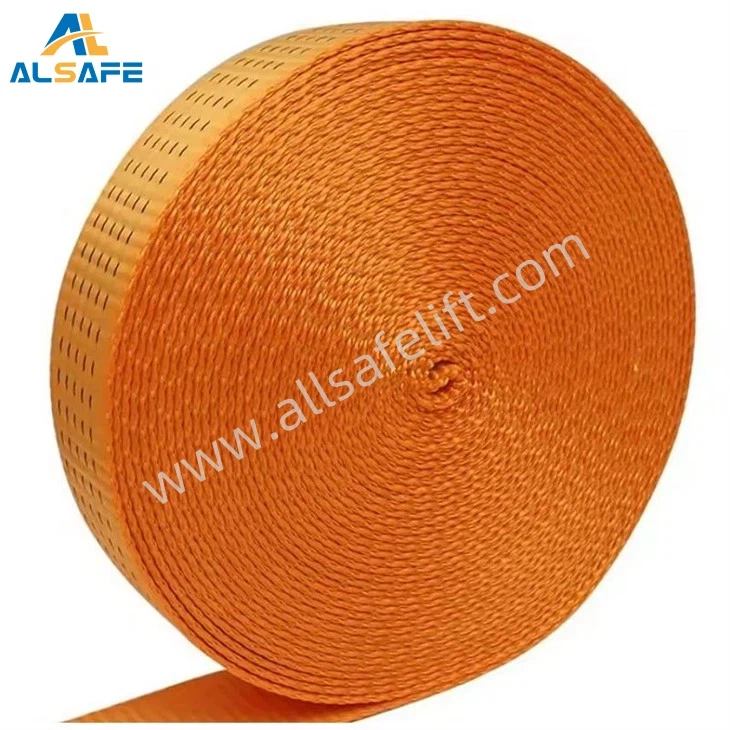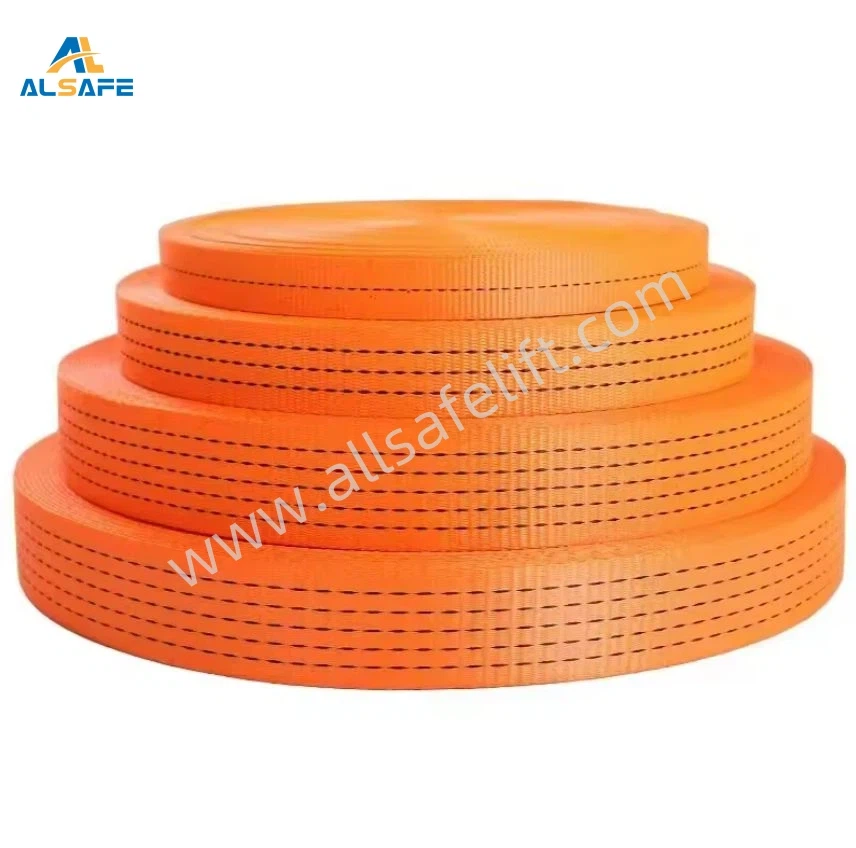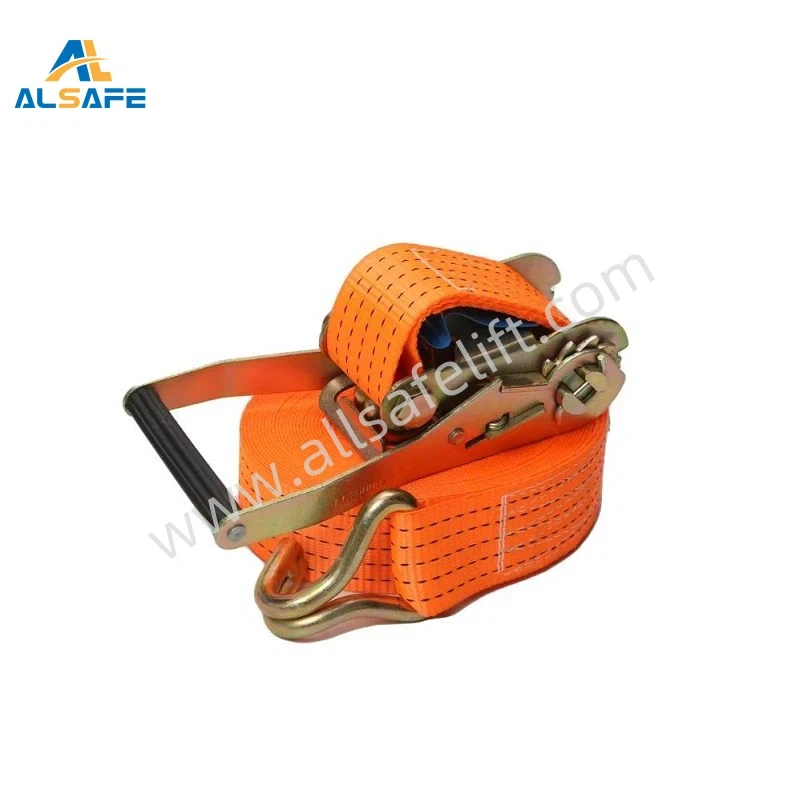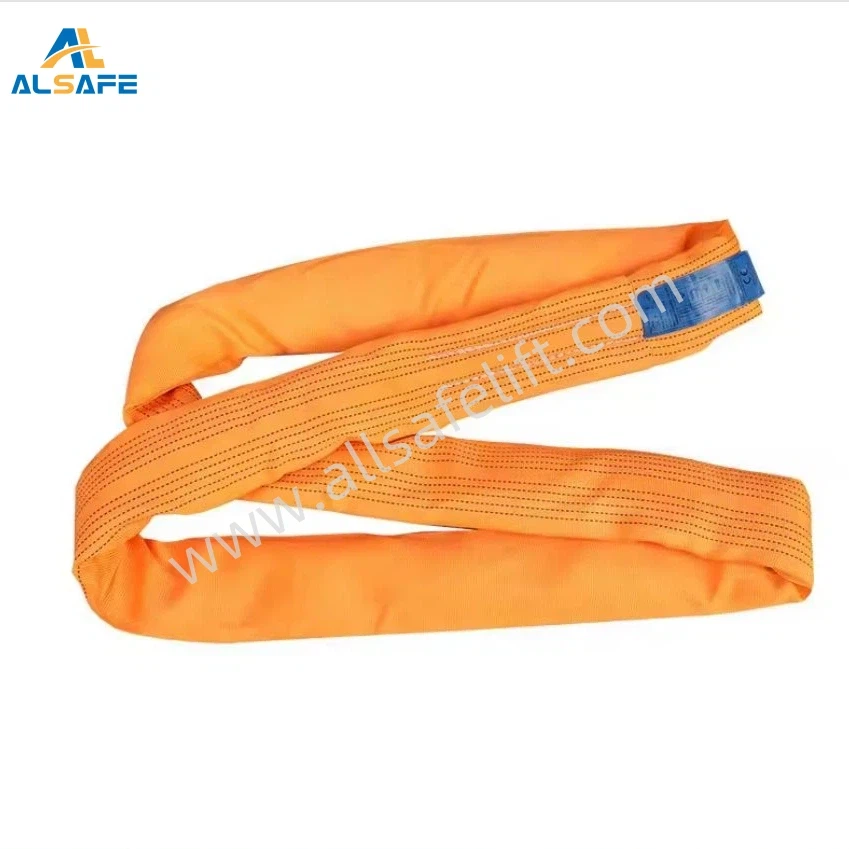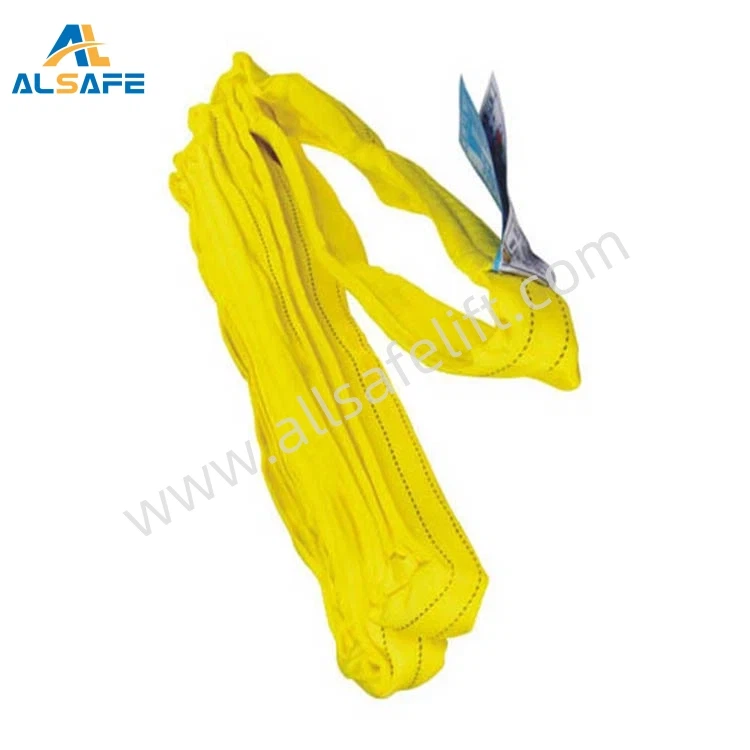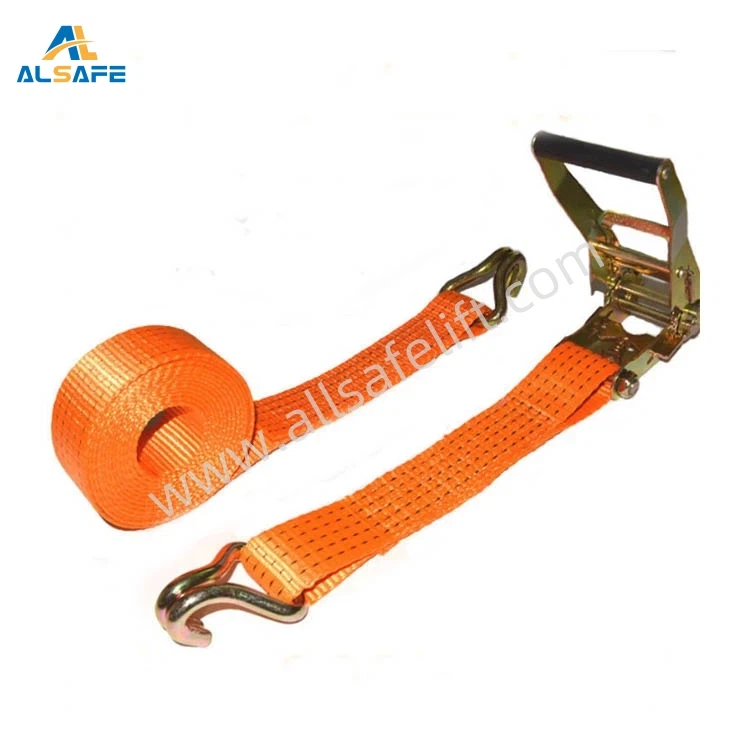Polyester Webbing Sling
Known for high quality product and excellent , timely service . AllSafe Group is a leader in the fields of lifting equipment and riggings.
With a wide range of premium products , hardware riggings and material handing equipment , Our top priority is to deliver high quality products while ensuring complete customer satisfaction.
Tested and certified, our products are genuine and meet international standards and requirements. Our wide range of material-handling equipment and hardware riggings include chain block , lever block , electric hoist , plain/geared trolley , G80 chains , webbing sling , ratchet tie down , steel wire rope , shackles, turnbuckles, wire rope clips , among others.
Why Choose Us?
High Quality
Prefessional QC team with 20 Years' experience. Tested and certified, our products are genuine and meet international standards and requirements.
Complete Range of Products
Our wide range of material-handling equipment and hardware riggings include chain block , lever block , electric hoist , plain/geared trolley , G80 chains , webbing sling , ratchet tie down , steel wire rope , shackles, turnbuckles, wire rope clips , among others.
Quality Control
Grade 80 & Grade 100 Materials used for all lifting equipment & riggings. With a wide range of premium products, hardware riggings and material handing equipment, Our top priority is to deliver high quality products while ensuring complete customer satisfaction.
Polyester webbing slings are designed to handle heavy lifting jobs without becoming damaged. The high-quality polyester webbing material allows for these slings to be used time and time again, giving you outstanding value for money. Polyester webbing slings are not to be confused with round slings, an endless loops of yarn covered by a woven tubular jacket. Round slings can lift up to 30 tonnes, making them the preferable option if you have a load exceeding 6 tonnes.
Properties of Polyester Webbing Sling
Strength
Polyester webbing sling is known for its high tensile strength, which means it can withstand a significant amount of weight or force without breaking. It has a higher tensile strength than nylon webbing, which makes it a popular choice for heavy-duty applications.
Durability
Polyester webbing sling is highly durable and can withstand wear and tear over an extended period. It is resistant to abrasions, cuts, and scratches, making it ideal for use in harsh environments.
Weather resistance
Polyester webbing sling is resistant to damage caused by exposure to sunlight, moisture, and heat. It can withstand extreme weather conditions without deteriorating, which makes it an excellent choice for outdoor applications.
Stretchability
Polyester webbing sling has low stretchability, which means it maintains its shape and does not deform even under heavy loads.
Basic Polyester Webbing Sling types
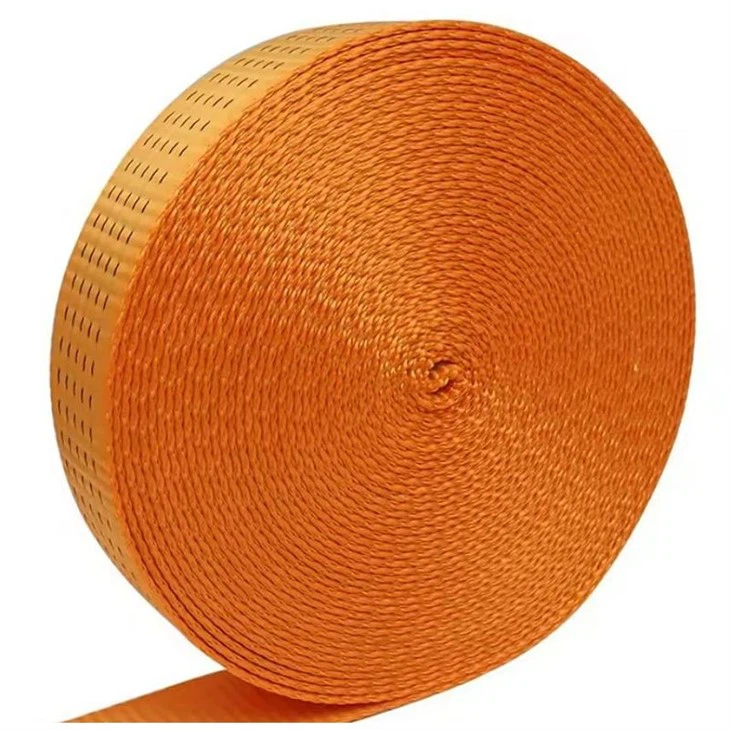
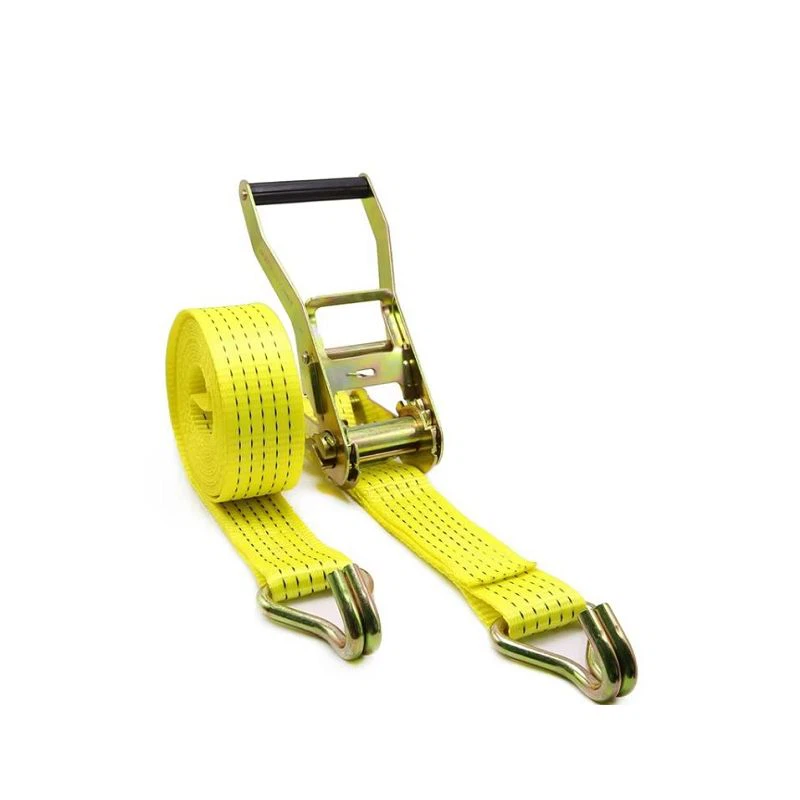
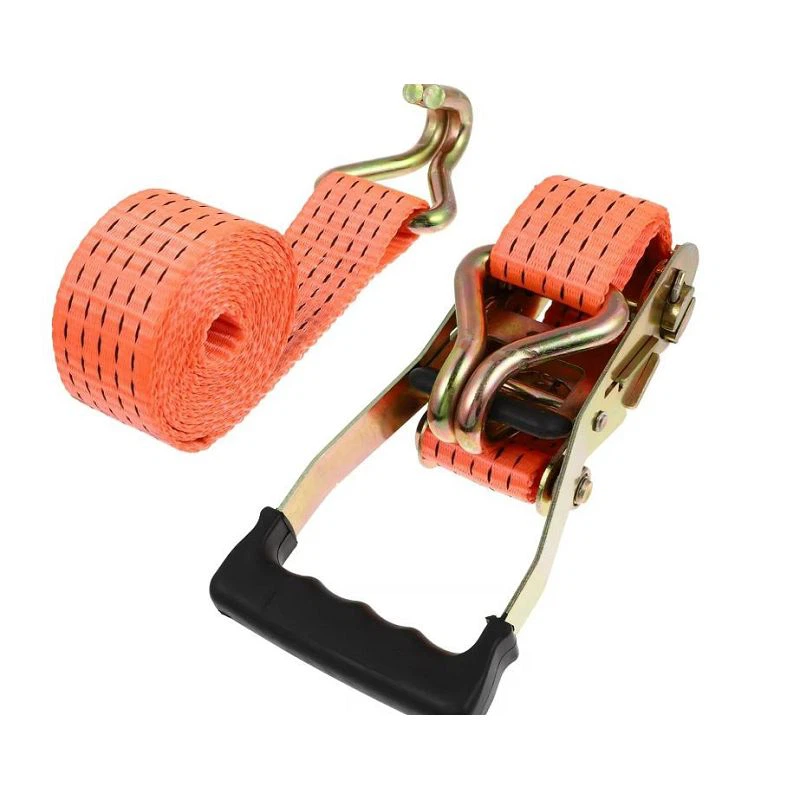
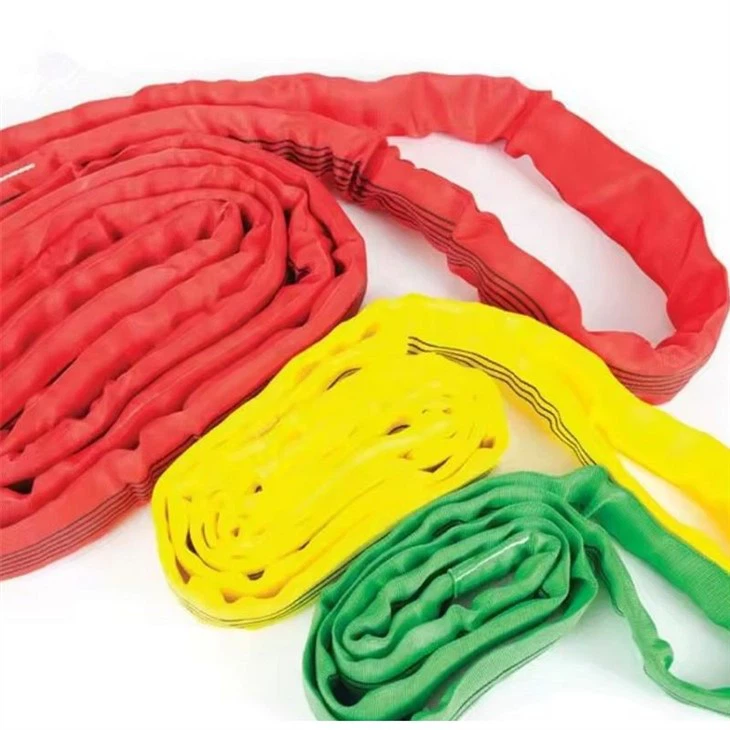
Type I: Polyester webbing sling made with a triangle fitting on one end and a slotted triangle choker fitting on the other end. It can be used in a vertical, basket or choker hitch.
Type II: Polyester webbing sling made with a triangle fitting on both ends. It can be used in a vertical or basket hitch only.
Type III: Polyester webbing sling made with a flat loop eye on each end with loop eye opening on same plane as sling body. This type of sling is sometimes called a flat eye and eye, eye and eye or double eye sling.
Type IV: Polyester webbing sling made with both loop eyes formed as in Type III, except that the loop eyes are turned to form a loop eye which is at a right angle to the plane of the sling body. This type of sling is commonly referred to as a twisted eye sling.
Type V: Endless Polyester webbing sling, sometimes referred to as a grommet. It is a continuous loop formed by joining the ends of the webbing together with a load-bearing splice.
Type VI: Return eye (reversed eye) Polyester webbing sling is formed by using multiple widths of webbing held edge to edge. A wear pad is attached on one or both sides of the Polyester webbing sling body and on one or both sides of the loop eyes to form a loop eye at each end, which is at a right angle to the plane of the Polyester webbing sling body.
3 Advantages of Using Polyester Webbing Slings for Rigging
Manufacturers use many different types of materials to make lifting supplies, rigs, and hoists. But they're not all created equal. Regarding rigging, there are various advantages to using polyester webbing slings and nylon straps.
● Increased flexibility
The fibers in synthetic materials have increased flexibility, reducing overall safety risks. They can easily grasp uneven and rigid loads, increasing job efficiency. Additionally, this increased flexibility makes them more suitable for jobs dealing with fragile objects. You can transport these fragile objects without the risk of scratching, crushing, or damaging them.
● Chemical resistant
Synthetic materials have varying resistance to corrosion and chemical exposures. For example, nylon lifting straps have a stronger resistance to high-alkaline environments. In contrast, polyester slings possess a stronger resistance to chemicals with high acidities.
● Abrasion resistant
These strong, flexible fibers enable the material to lessen the chances of abrasions or cuts. Additionally, abrasion-resistance layers are woven into the fibers to ensure safety and security while in use. These properties make them excellent for job sites where heavy objects are lifted or objects with sharp edges and corners.
Important Safety Information for Polyester Webbing Sling Use
When using a polyester webbing sling or round sling, you want to make sure that you are following all of the proper safety protocol. Not only will these help your lifting sling last considerably longer, but they can also help keep you safe as well. As such, here are the most important safety procedures that need to be abided by when you are operating a polyester webbing sling:
● Make sure to avoid shock loads.
● Never utilize a polyester flat lifting sling or a round sling with a missing or illegible label.
● For loads that have rough surfaces or sharp edges, protective gear needs to be used to protect the slings.
● Never use a round sling or lifting sling that is damaged or worn.
● Never use polyester round slings or flat lifting slings outside the temperature range of -40°C to +100°.
● Use polyester Flat lifting slings and round slings in a manner where the load cannot be dislodged
● Never exceed the indicated safe working load limit of the sling.
● Polyester lifting slings need to be used in a way where they are loaded across the entirety of their width.
● Never pull the polyester flat lifting sling or round sling out from underneath a load if it is currently lying on top of the sling.
● Always visually inspect the flat lifting sling or round sling before use. It is the Operators' responsibility to ensure lifting equipment is safe for purpose prior to use. If unsure do not use!
● Flat Lifting slings and round slings should never be knotted.
Webbing slings are constructed from woven polyester fibers, providing strength and durability. They feature a flat design with stitched loops at each end for attachment to lifting equipment.
Heavy lift polyester webbing slings are available in capacities ranging from 15t up to 50t, offering a wide range of options to suit various lifting needs. Additionally, these slings come in lengths tailored to your requirements.
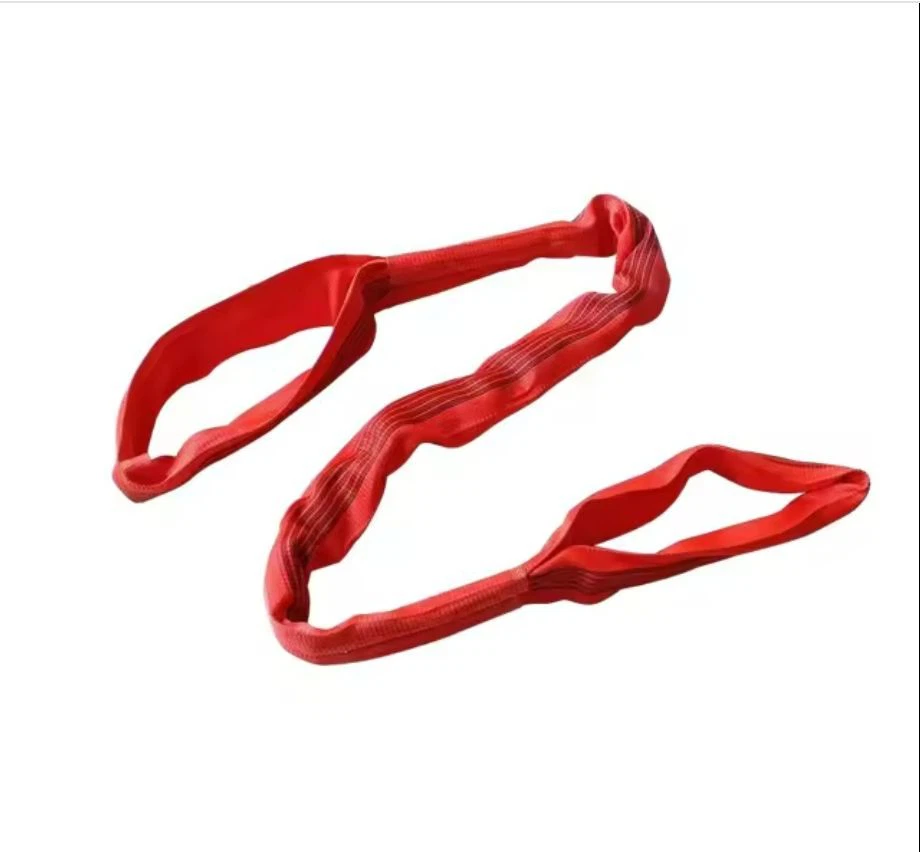
How Wide Are Polyester Webbing Slings
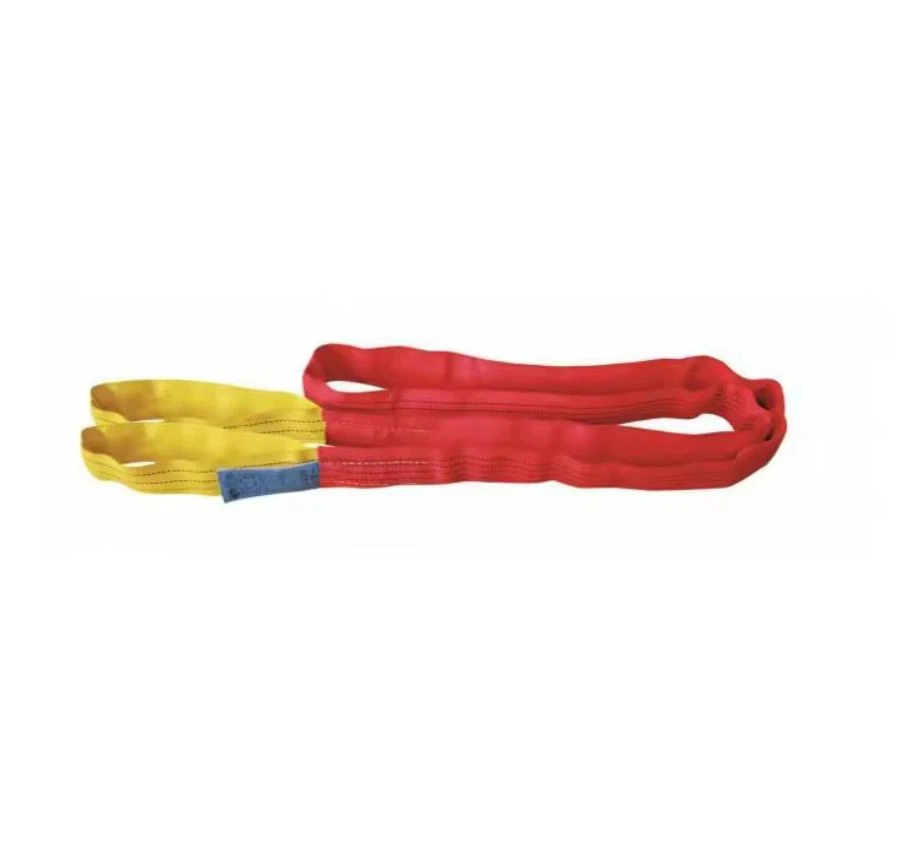
Webbing slings are available from 25mm to 300mm width & 500kg to 24,000kg capacity, although higher capacity slings can be made as per requirement.
Additional to becket eyes (soft), reverse, flat & leather protected eyes are available. Moreover wear sleeves can be fitted as per customer requirement. Standard is used during manufacturing, inspection and testing of all webbing fittings slings. Safety factor of 7:1 (excl. when fitted with steel end fittings where it is 4:1).
Certification provided with all webbing slings products and flat woven webbing slings (polyester) with soft eyes also available.
Polyester Webbing Sling Protection
There are several different ways that you can incorporate added wear, cut, and abrasion protection to a synthetic Polyester webbing sling. When you know how to properly maintain and care for your slings, you can help extend the service life of the product and get a better return on your investment.
● Sling wear pads can be sewn into the webbing material at specific wear points along the sling body or in the eyes.
● Edge guards can be sewn along the edges of the sling to offer added protection at critical spots that are prone to abrasion, wear, or cutting.
● A sleeve or tube slides over the body of the sling and protects both sides of the sling body while in use.
● A wrap, similar to a sleeve, is sewn onto the body of the sling to protect the edges and lifting of the surface from wear or cutting.
● A special coating can be added to the webbing material during the manufacturing process. This protects against moisture and dirt penetration and also helps reduce abrasion.
● Special types of shackles are designed specifically for use with Polyester webbing slings. A wider sling bearing surface results in an increased area for load distribution and allows for 100% W.L.L. efficiency.
Regular inspection of your slings—especially before each use—is crucial to help identify any damage or irregularities that may compromise the strength and integrity of the sling. Polyester webbing slings are especially susceptible to damage from edges, rough surfaces, heat, chemical exposure, and UV light degradation!
Polyester Webbing Sling Usage Tips
Before choosing a polyester webbing sling for your desired application, you should check their chemical and physical properties as well as adhere to the following.
● Do not exceed the working load limits. Every polyester webbing sling has a specified rated capacity or working load limit that you should not exceed when lifting or moving objects.
● Adhere to low heat resistance. Most of these polyester webbing slings have low heat resistance, which makes them fail in high-heat environments. If you are operating in a high-heat environment, use high-heat resistant polyester webbing slings, as they are specifically made for such environments.
● Avoid prolonged uv exposure. Polyester webbing slings are damaged by prolonged exposure to uv light. Store your polyester webbing slings in cool, dark, and dry environments.
● Always perform a visual inspection. Make it a habit to check each polyester webbing sling for visual damage, such as abrasions and cuts before every use. This habit ensures safety during use.
● Use edge guards. Even though polyester webbing slings have good cut and abrasion resistance, you should take extra caution by using edge guards and corner protectors where necessary.
When to Choose a Polyester Webbing Sling

Lifting irregularly shaped loads
Polyester webbing slings exceed at lifting loads with irregular shapes, thanks to their flat surface area that provides even pressure distribution.

Lifting delicate surfaces
Polyester webbing slings are ideal for lifting delicate or polished surfaces where minimizing contact pressure is essential to prevent damage.

Handling loads with sharp edges
The robust construction of polyester webbing slings makes them suitable for lifting loads with sharp edges, minimizing the risk of damage.

Budget-friendly option
Polyester webbing slings are often more cost-effective than round slings, making them a preferred choice for budget-conscious projects.
FAQ
Q: What is polyester webbing sling?
Q: What is the difference between nylon and polyester webbing slings?
Q: Is polyester webbing sling soft?
Q: What is the safety factor of polyester webbing sling?
Q: What is the difference between polypropylene and polyester webbing sling?
Q: Is polyester webbing sling stretchy?
Q: What are polyester webbing slings used for?
Q: What are some advantages of nylon or polyester webbing slings?
Q: What material is webbing sling?
Q: Can you paint polyester webbing sling
Q: What is the minimum thickness of a polyester webbing sling?
Q: Can you cut polyester webbing sling?
Q: How is polyester webbing sling made?
Q: How wide are polyester webbing slings?
Q: How do you clean polyester webbing sling?
Q: What is the melting point of polyester webbing sling
Q: How strong is polyester webbing sling?
Q: Does polyester webbing sling stretch?
Q: What is the lifespan of polyester webbing sling?
Q: What are the three factors affecting polyester webbing sling safety?

